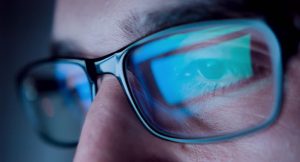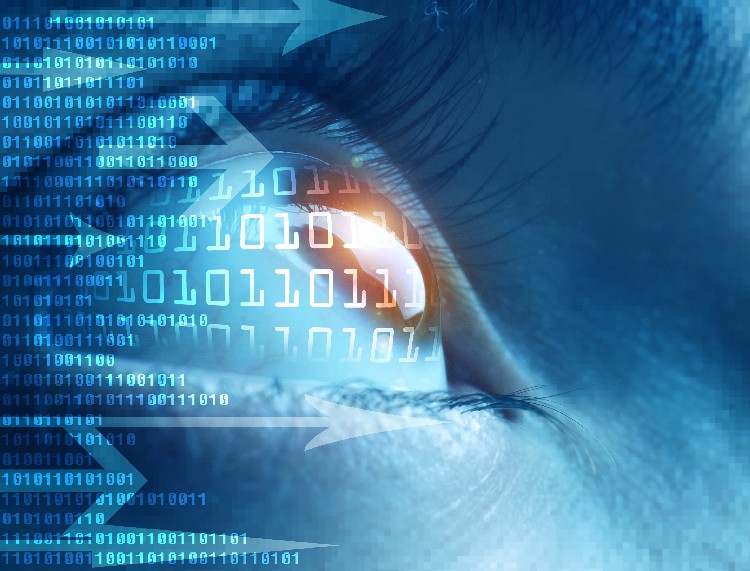You may have sometimes run into Blue Light Filter apps on your phones. Ever wondered what it was for? Well, as the name suggests, it is to block out blue light. Now what exactly is blue light? You might ask. It is one of the light rays present in sunlight. Sunlight has several different spectrums and colors of light rays. Rays with long wavelengths have lower frequencies (and thus lower energy) and rays with short wavelengths have higher frequencies (and thus higher energy). Rays on the red end of the light spectrum fall in the former group but the rays on the blue spectrum fall in the latter group. Generally, blue light is known as visible light with wavelength of 380-500 nm, with very high energy.

Natural blue light from the sun can be beneficial and help regulate your circadian rhythm. However, apart from sunlight, there are other artificial sources of blue light which include digital screens (of computers, laptops, smartphones and tablets), electronic devices, and lights(such as fluorescent and LED lighting). This is where the trouble begins, because they produce the following harmful effects.
What does blue light do to your eyes?

The anterior structures of the eyes such as the lens and the cornea are efficient at blocking out ultraviolet and other harmful rays from reaching the retina (the light-sensitive area of the eye). However, they aren’t as protective against blue light. In children, 65% of the blue light penetrates to the retina. Although this percentage of penetration is reduced to 25% during adulthood, it is still harmful. This kind of transmittance of blue light to the retina damages the light-sensitive cells. It can also contribute of macular degeneration which can lead to permanent blindness. Due to its low wavelength, blue light rays have the tendency to scatter. This makes light difficult to focus and thus causes eye strain. Eye strain syndrome consisting of headache, blurry vision, difficulty in focusing, back pain and dry, irritated eyes may also occur. These effects are more pronounced in people who have recently undergone cataract surgery.
Are there other extra-ocular harmful effects?

Unfortunate, yes. All the other harmful effects of blue light is due to the fact that increased blue light exposure can decrease melatonin hormone levels. Artificial blue light can disrupt your sleep cycle which can further lead to fatigue. Furthermore, it also imposes a higher risk of cancer development. Increased incidences of cardiovascular diseases, obesity and diabetes has also been correlated to increased blue light exposure. Not just your physical health, but your mental health suffers too. In several instances, blue light has been linked to higher chances of depression.
Are there any good effects of blue light?
Contrary to popular belief, yes indeed. Like everything else, in moderation, natural blue light has some beneficial effects. These include increased alertness and increased memory power. It has also been shown to elevate your mood. In the correct amounts, blue light helps maintain your Circadian rhythm as well.
What can you do to prevent yourself from ill effects of blue light?
In order to enjoy the beneficial effects of blue light and protect yourself from the ill-effects of artificial blue light, you can take the following measures:
- Use a blue light screen filter
- Hold your device at an angle(preferably at a 30 degree angle)
- Wear blue light blocking glasses
- Change your screen settings to a warmer light tone
- Install blue light plug-ins
- Take carotenoid supplements
- Use specific kinds of night bulbs
- Only use electronic devices when you have to, try to reduce screen time
- Encourage children to pursue outdoor activities and hobbies other than device usage



